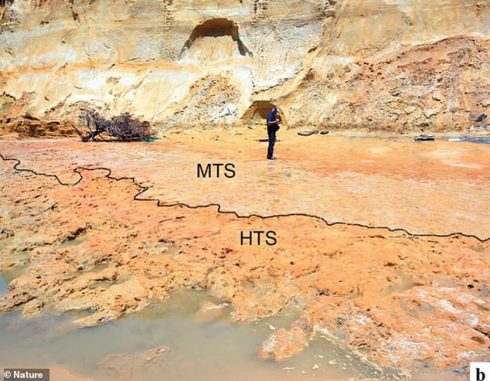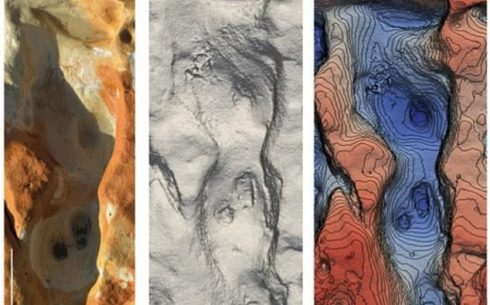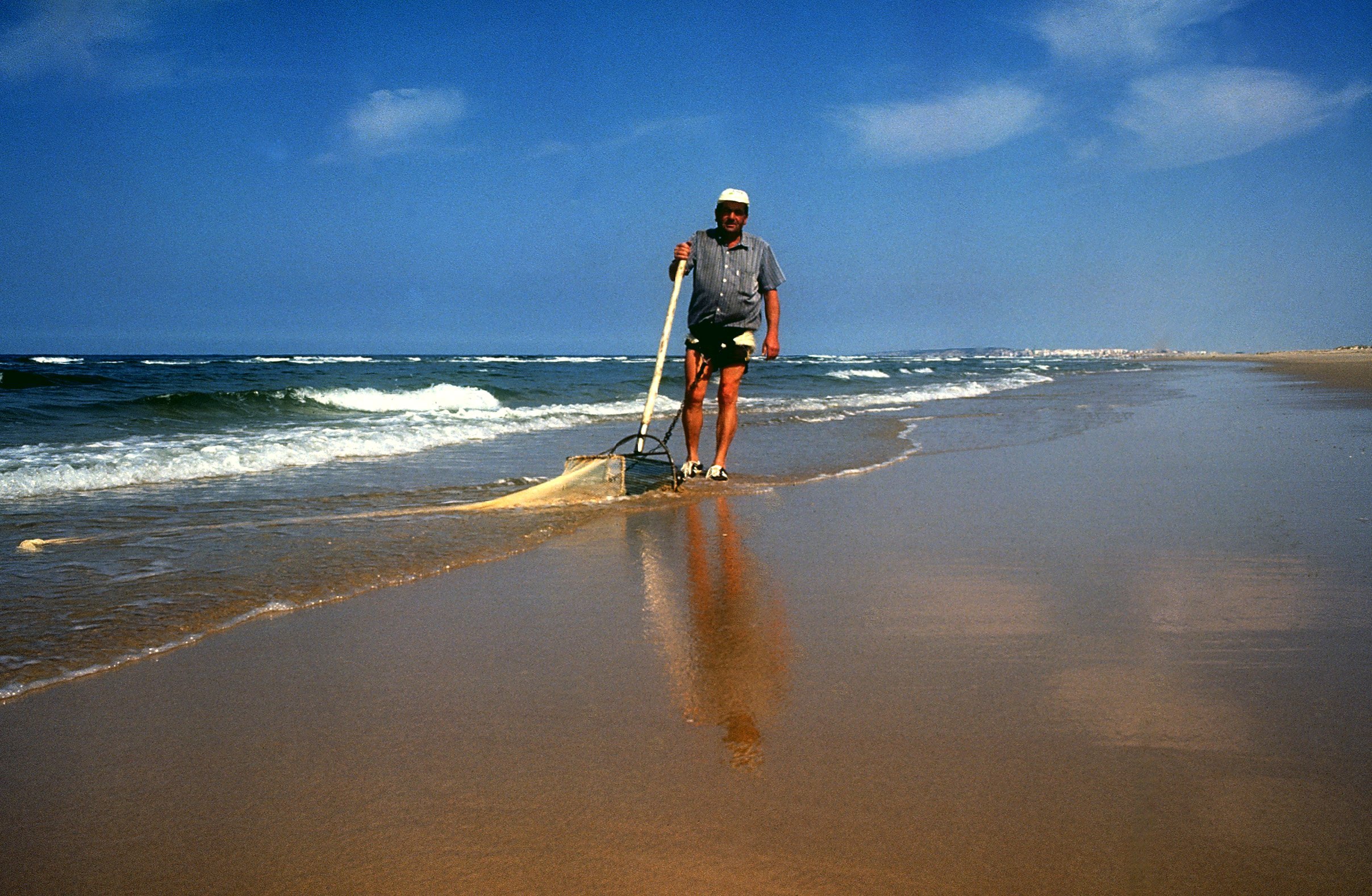IT is one of the most famous and popular beaches on Southern Spain’s Atlantic coast.
Its kilometres of white sandy beaches have proven to be an irresistible draw for families bringing their children for a fun day by the sea.
But it would seem that there is nothing new in this – proof has just been discovered that Neanderthal man did just the same thing 106,000 years ago.
Fossilised footprints from what appears to be a family group – young children included – have been found that scientists believe show the youngsters skipping around – as if at play around a lagoon.

The discovery was made by chance. Two biologists from the nearby Doñana national park – Dolores Cobo and Ana Mateos – were taking a stroll along the Matalascañas beach when they came across a section of beach in front of the Asperillo Cliff that had been washed away by winter storms.
Revealed were numerous footprints made by deer, wild boar and dogs. But what really caught the attention of the team of researchers from the University of Huelva who came to study the site was the presence of hominid footprints.

After months of analysis, the results of the study have just been published in the journal Nature Scientific Reports. In addition to studying the shape of the feet of the Neanderthals who made them, they have been able to establish the biological and social characteristics of the group that set foot on the beach of Matalascañas millennia ago.

Researchers believe the footprints were made by nine adults, 15 adolescents and seven children.
The presence of children and women indicates that the lagoon could have served as a playground for the youngest members of the group, while the abundance of mammals and the proximity to the coast made it a very useful place for hunting and fishing.
READ MORE:
The Dolmens Museum in Spain’s Antequera will open to the public this year
Endangered wreck from pre-biblical times to be rescued from seabed in Spain











